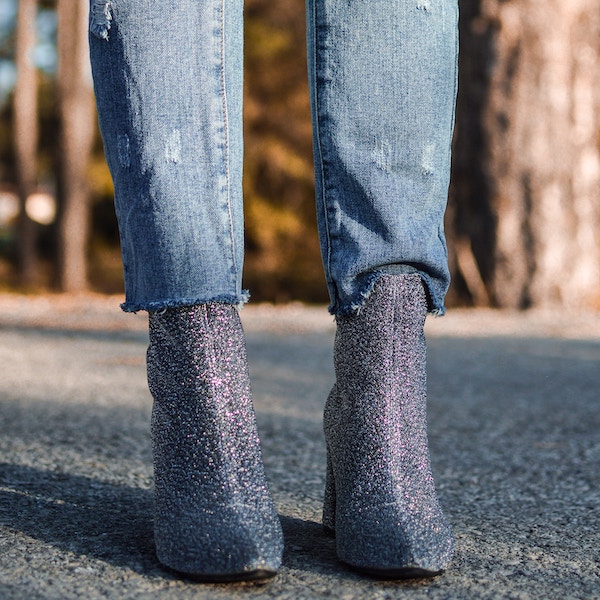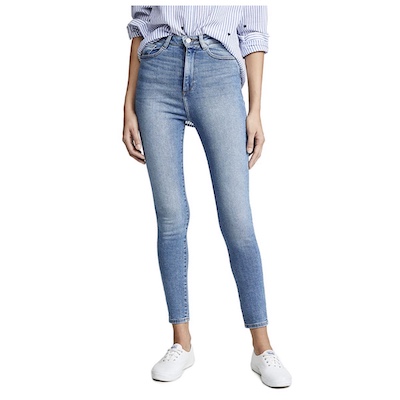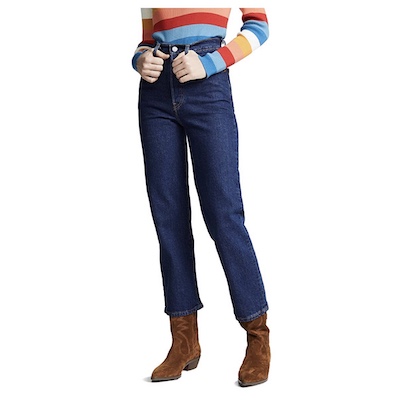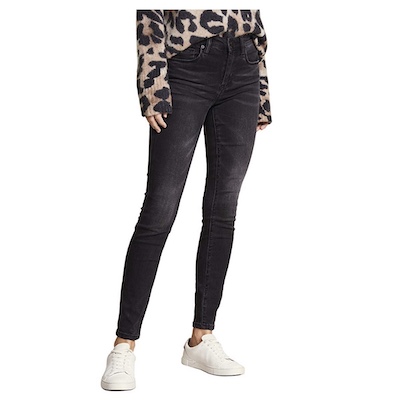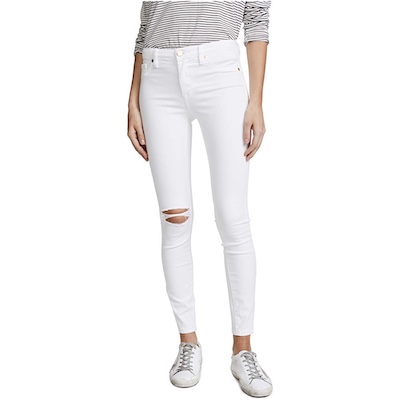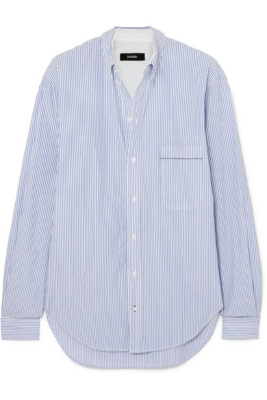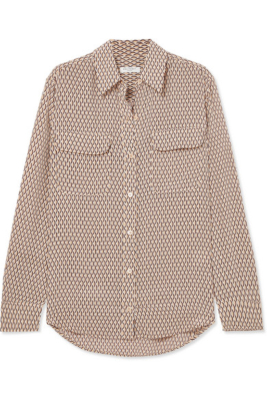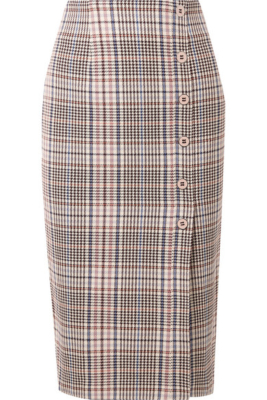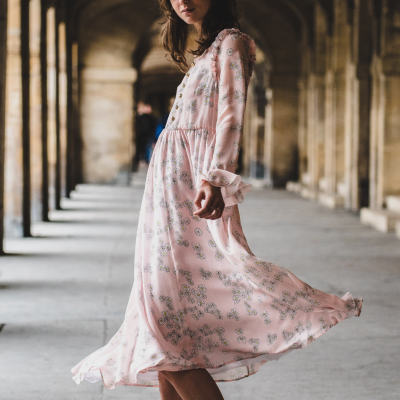
5 Trends Not to Copy
It’s tempting when we see our fave influencers and celebs wearing the latest looks fresh from the runway to want to jump on board. Beware! Here are 5 “It Girl” trends that shouldn’t be followed blindly. Why? Read on…
1) The Tent Dress
Making frequent appearances at fashion weeks around the globe, the tent dress is not for everyone! In fact, it’s best left to those who are 6 foot 5 and stick thin, or those who are size 18 plus with an oval body shape. Those of us who sit anywhere in between – my advice is to steer well clear of the tent.
If you have a triangle, inverted triangle, rectangle or hourglass shape (check out That Style Chick App to find out your shape for free) it is a big faux pas to swamp your frame and hide your waist under a glorified sack, no matter how on trend it might be. You will look your best in dress styles that complement your waistline. Putting it bluntly, wearing a shapeless tent style will make you look the size of a tent! Not sure about you, but for me that’s a big “no thank you”!!

2) Square Toe Shoes

90’s fashion is definitely having a come back and square toes are back with a vengeance. As tempting as it is to jump on board (there are some beautiful square toe strappy sandals and boots around), I ask you this… Do you wish your legs looked longer or shorter? If you’re pining for pins that go on forever, the square toe is not necessarily the best option for you. Point toes are usually more slimming and elongating.
It’s also important to understand your proportions when deciding on the best shoes. If your top half (crown to hips) is longer than your bottom half (hips to floor) a square toe is probably not going to be your friend. If your torso is on the short side, a square toe could work in your favour as it may help create more balance between top and bottom halves.
3) The Dad Sneaker
Much to my dislike, it seems the Dad sneaker is sticking around. You can find them everywhere, from the high end to the high street.
As with the square toe, the Dad sneaker does not always do legs favours. The chunky nature of many styles can make legs look wider and shorter than they are. I’m not sure about you, but the short chunky leg is not a look I aspire for. If you’re blessed with long, slender legs, by all means invest in a chunky kick as you are more likely to pull it off. Everyone else, proceed with caution. At the very least, opt for a less chunky variety.

4) The Hoodie

We live in an era where it is socially acceptable to call hoodies “fashion”. Does this mean we should all rush out and buy one? Not necessarily! Just because we can, doesn’t mean we should!
Firstly, most of us, particularly us Mums, are doing our damnedest to get ourselves out of activewear more often. Let’s not slide backwards and buy more of it under the guise of fashion. Let me be clear, I am not bagging activewear as the choice of daily attire. Motherhood is an extreme sport and sometimes we need to dress for it accordingly. If wearing activewear day-to-day helps reduce stress and make life easier and more joyful, then by all means embrace it. Invest in more hoodies if you so desire.
If you are in the group who finds themselves in activewear more often than they would like and who secretly wishes they could look more pulled together for the school run, you don’t need more hoodies!!
My main reason for not advocating hoodies as fashion – most hoodies are over-sized and shapeless. Like the tent dress, they can make us look bigger than we actually are. …even if worn with a fab leopard mini skirt and cute little ankle boot. Whilst Marissa of @twiceblessed_ can definitely pull it off and make a hoodie look chic, in my stylist opinion, hoodies are generally best kept as active wear. That us unless they are somewhat streamlined and give some level of waist definition. Or unless you cleverly tuck and style them, as Marissa has.
5) The Unstructured Blazer
There are lots of great blazers around at the moment; some beautiful checked fabrics and also a selection of block colours. There is also a trend toward oversized and unstructured tailoring.
By now you’re probably getting the idea that for many body shapes, swamping the figure with oversized styles is a no no. Once again, I’m not saying don’t go for an unstructured blazer. I’m just saying be smart about it. Maybe you’re better off choosing a style that has more waist definition. There are also some options for styling an unstructured blazer, which can help flatter rather than swamp a waistline.

For example, you could define your waist underneath the blazer, by choosing a more fitted top, and/or by tucking it into your pants or skirt. If you’ve got the abs for it, wear a bralette under your oversized blazer.
A belt worn underneath a blazer is also a great waist-defining accessory. Belts need not be limited to underneath your blazer. You could also wear a belt over the top, to cinch in your blazer at the waist (or even try a belt bag if you’re feeling fashion forward).
In Conclusion
So there you have it! I’m not saying don’t embrace these trends. What I’m saying is that’s important to understand your body shape and your own style preferences and stay true to that. Make choices that flatter, not make you look frumpy. As they say, fashions come and go, style is forever. It’s also so important to choose pieces and outfits that you love; that make you feel fabulous. If you feel a million dollars in a piece that breaks your body shape style rules, go ahead and wear it. Love trumps rules – always.
Side note: If you’re unsure of your body shape or signature style, you can find out for free by taking your free Style Consult in That Style Chick App.

